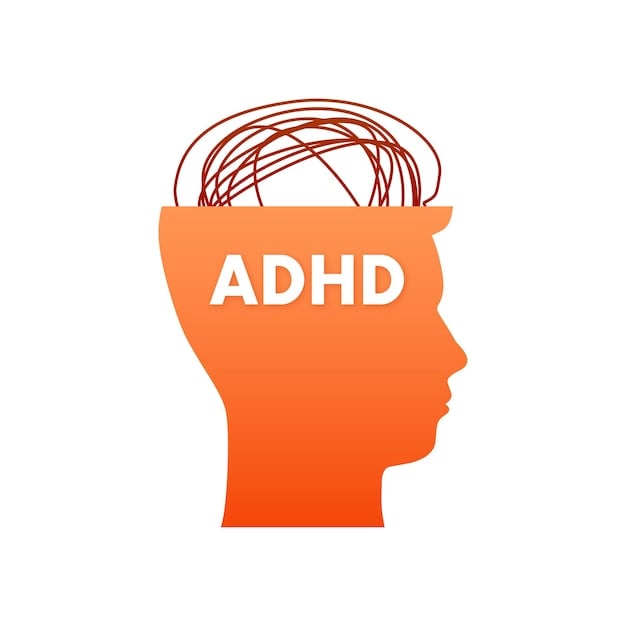

I think a lot of people here are pretty spot on with the “cats are just weird, IDK.” But more than that, there are a couple things that I think it might be. A lot of cat quirks are just instincts for outdoor activities that don’t translate indoors but they still have the pull to do it. IT sounds like she’s “digging,” which is a thing wild cats would do for a couple reasons.
Sometimes they will dig a hole to poop in, then cover it up, but since she’s not then immediately taking a shit in your salad bowl, that’s probably not it.
It could be a hunting action. Cats dig for bugs often.
But the most likely, I think, is for fun. Cats are pretty intelligent creatures who’s minds require stimulation, which means they just find a thing to fidget with sometimes and get stuck on it, like a small child making toys out of random junk. If she doesn’t have enough scratching posts, she could be getting that scratching itch out. Or could do with some more toys. Or, again what I find most likely, she did it once and found that bowl to just be a lot of fun. Maybe it’s the texture or she likes the way her paws slip on it differently than other surfaces. Cats are curious, so it being a different surface may have drawn her attention and now it’s a fun toy for her.
TLDR: cats are just weird, IDK. 🤷



You can put them in between 2 bowls with their (the bowls) rims against each other to create an oblate spheroid-ish thing, then shake it real hard for a few minutes. It should remove the shell pretty eaily, if loudly.
Edit: Sorry, turns out, that’s garlic cloves. Shrimp peeling is really only easier raw. You can rip the legs off and just give a squeeze and it’ll pop out of the shell. In my experience, once they’re cooked the shell will break up much easier. As someone else said, a stock is your best bet if you really want to avoid peeling. I mean, technically you can eat the shell if you make sure to grind them up completely when you puree them. I’ve never tried anything with the shell still included, so I can’t speak for the taste, but you could try a bisque if you’re dead set on not peeling.